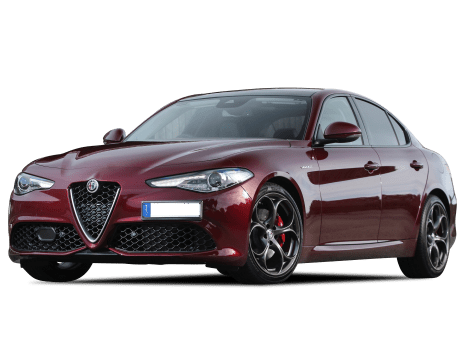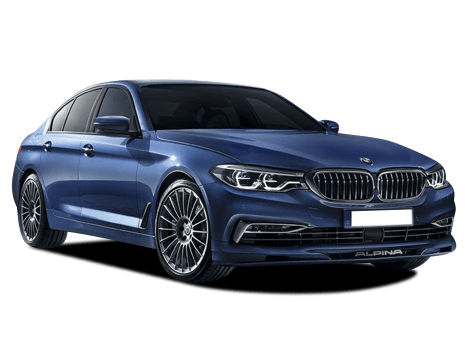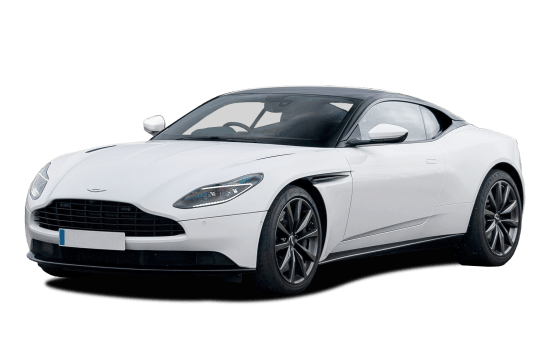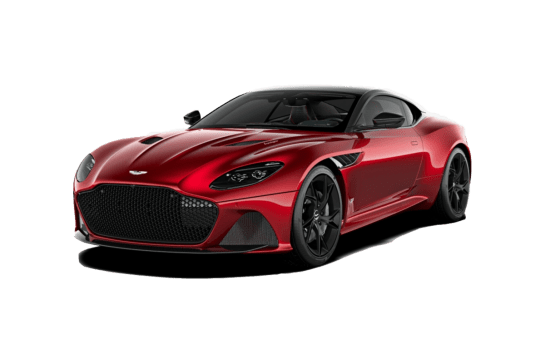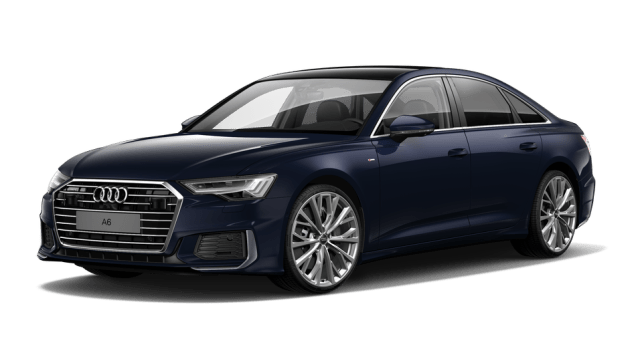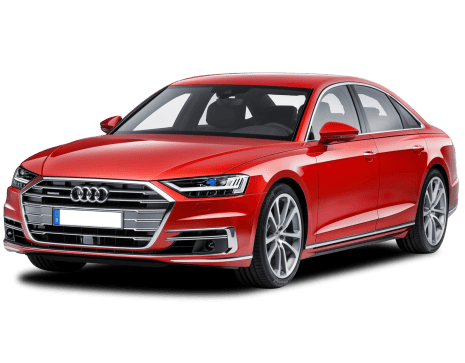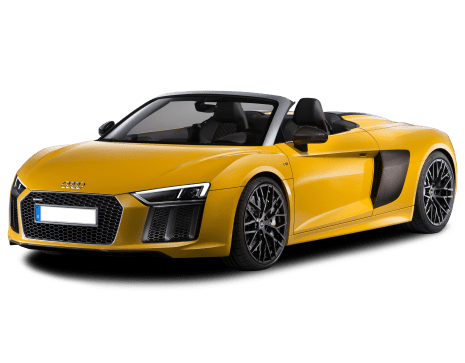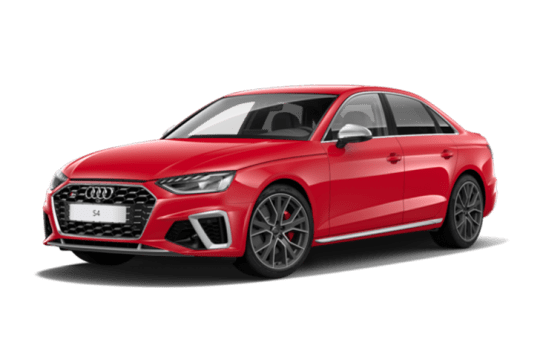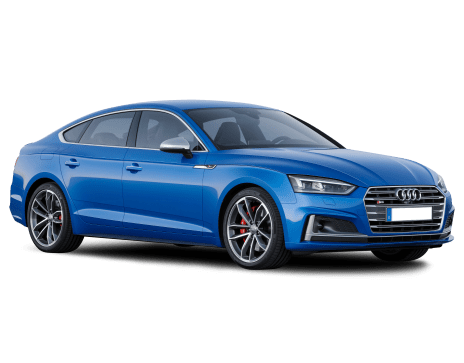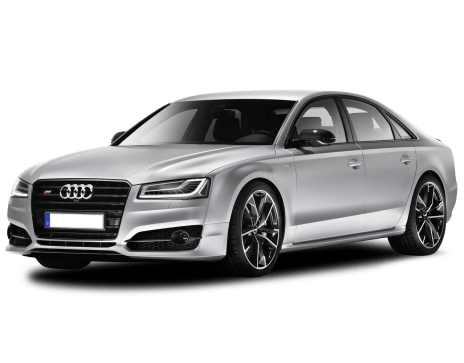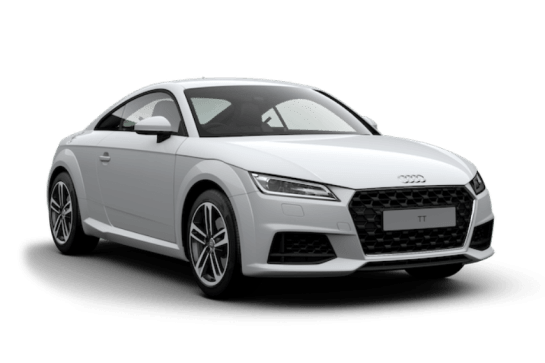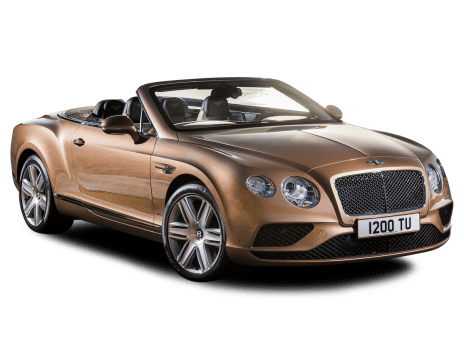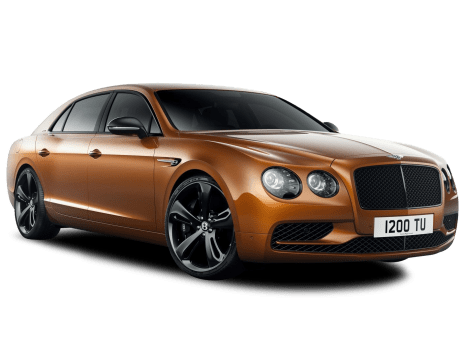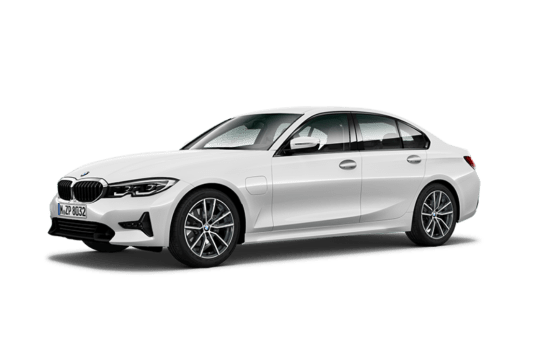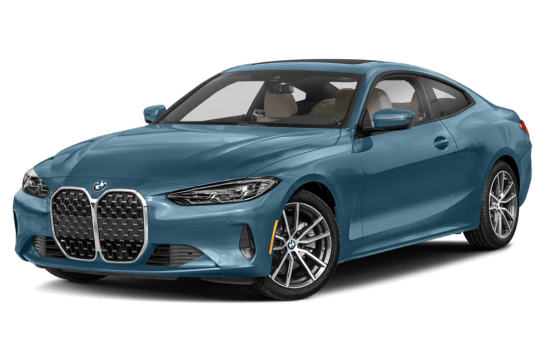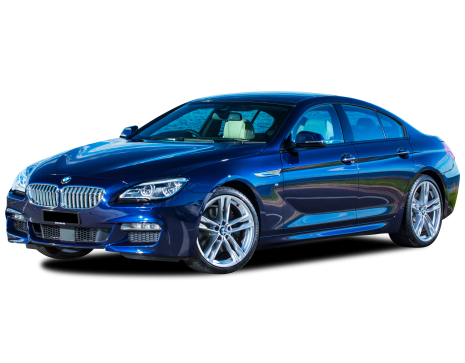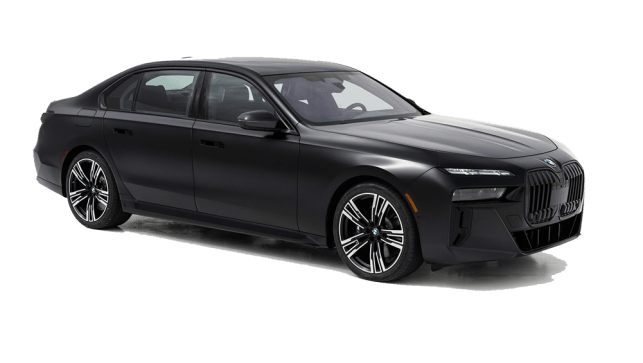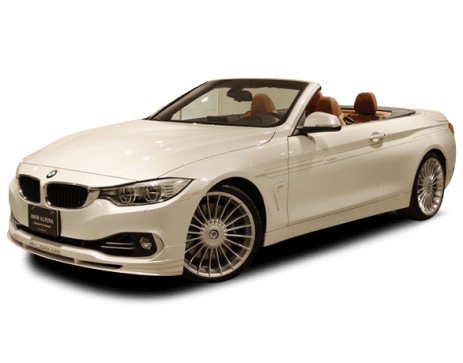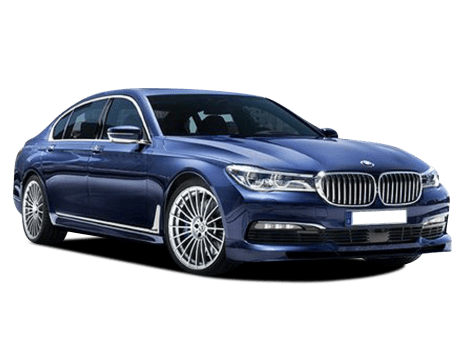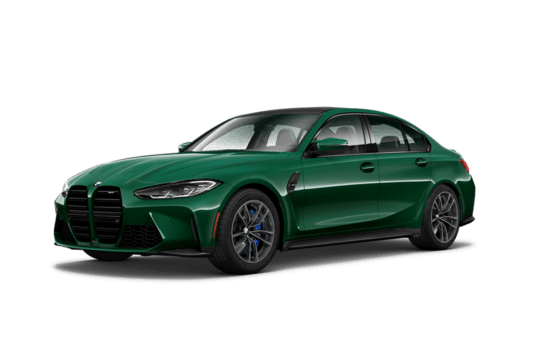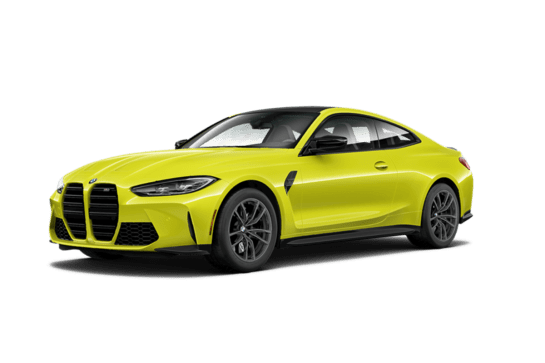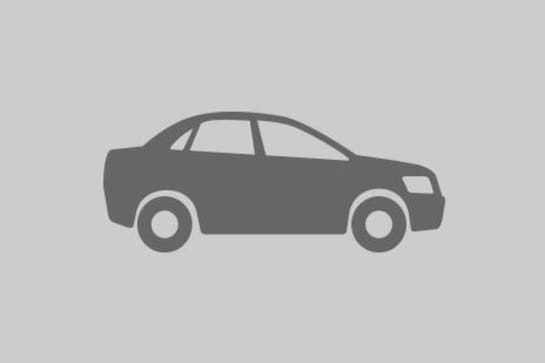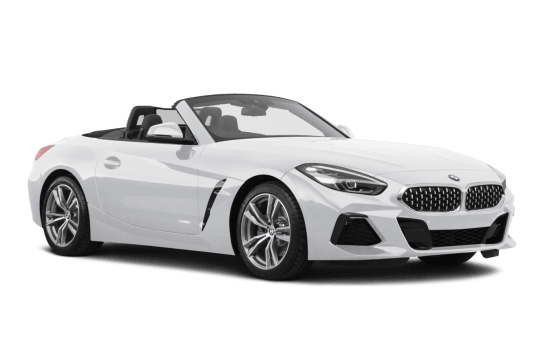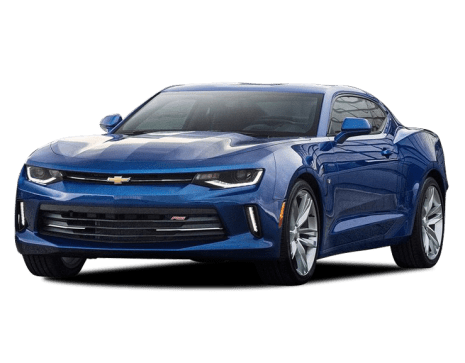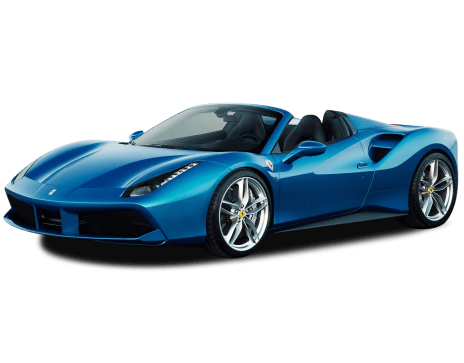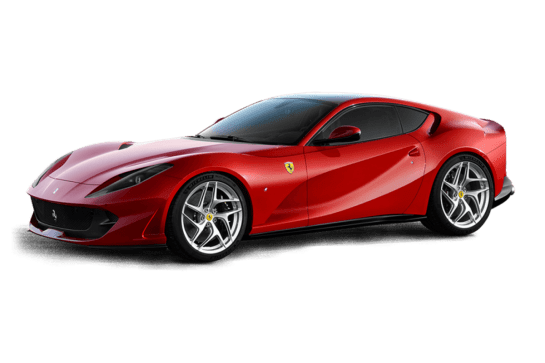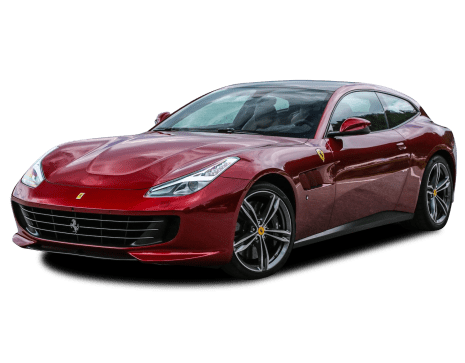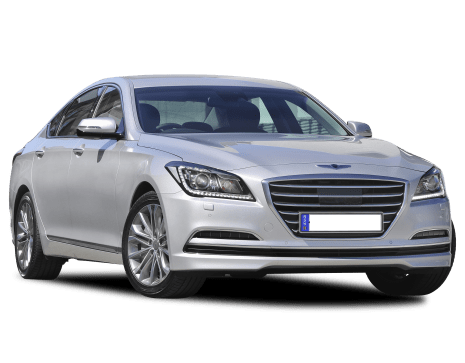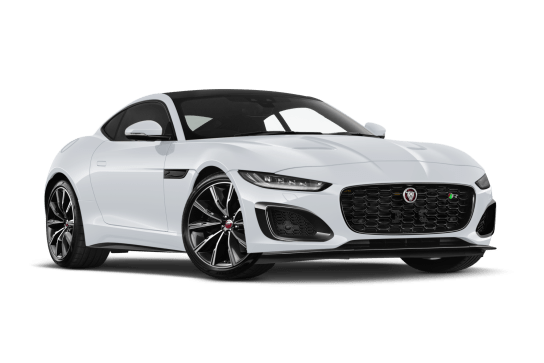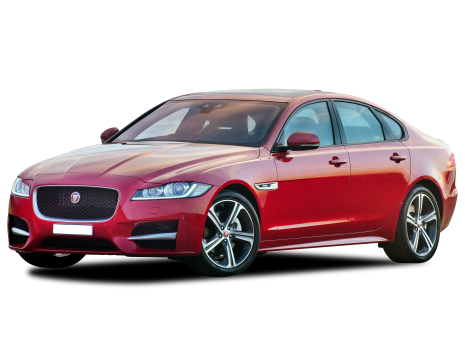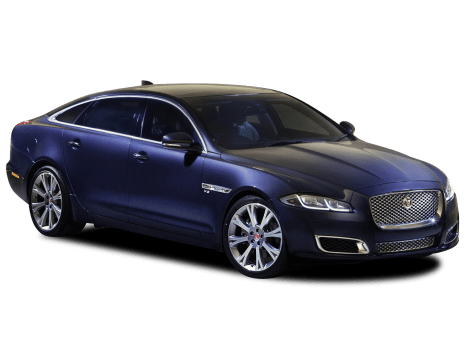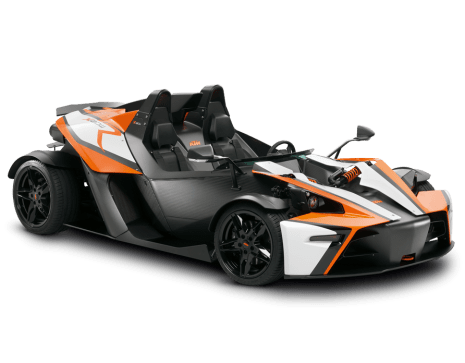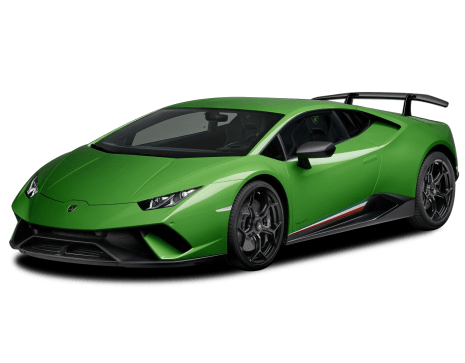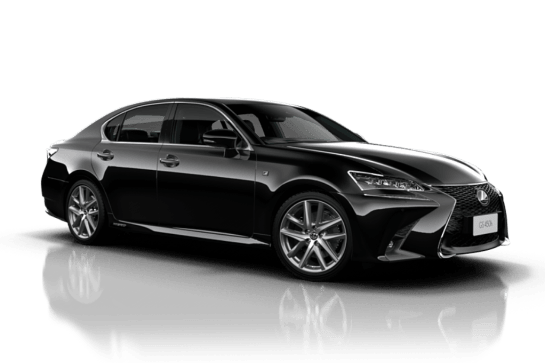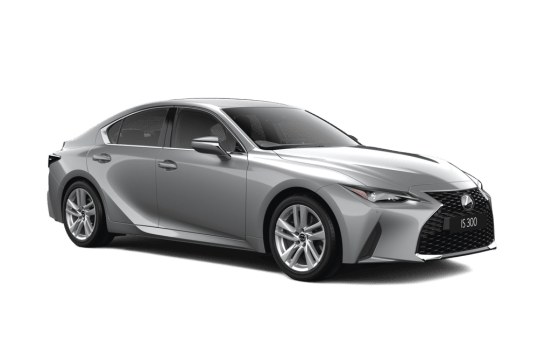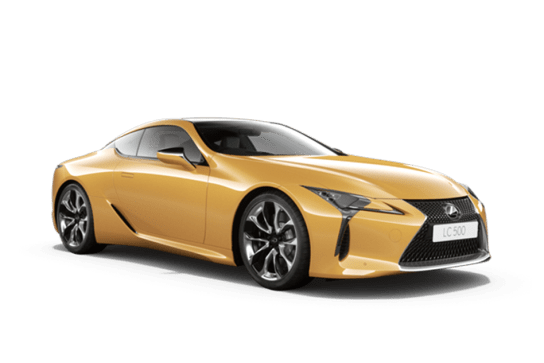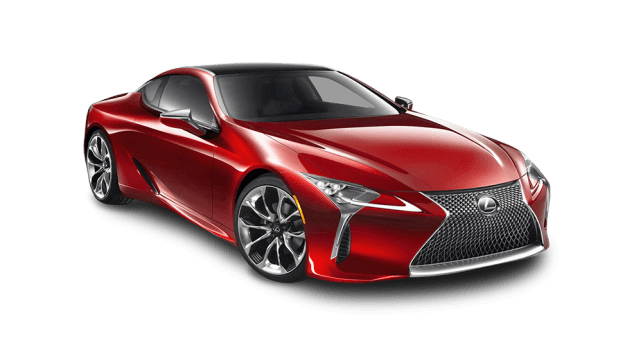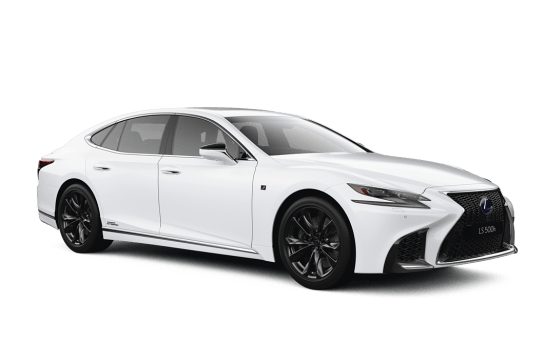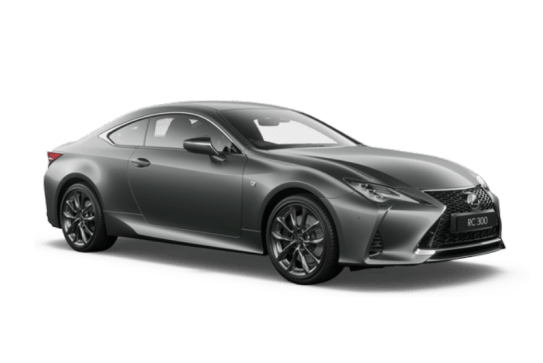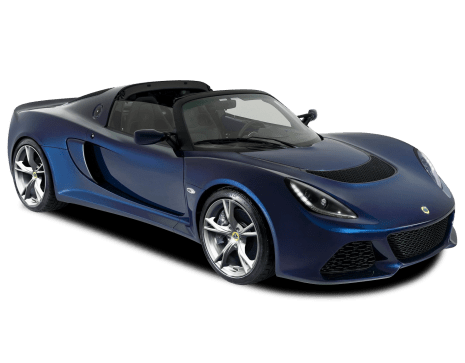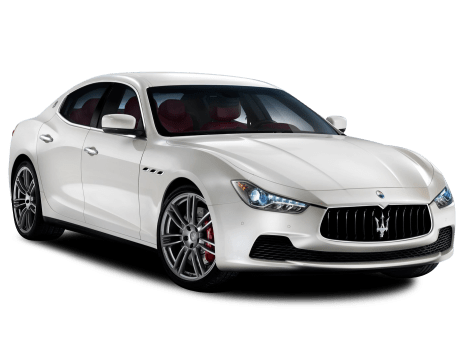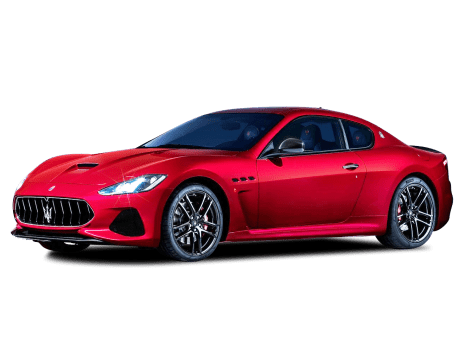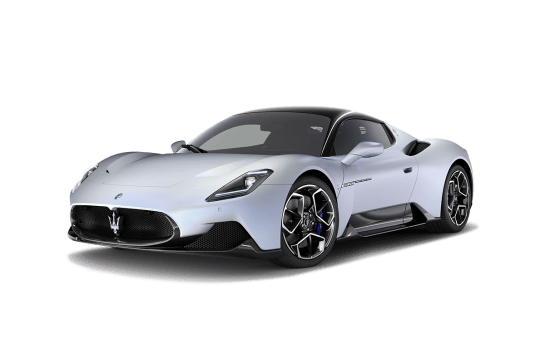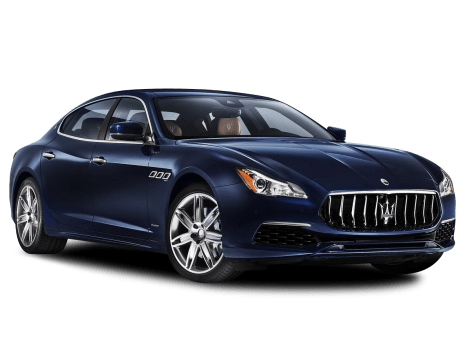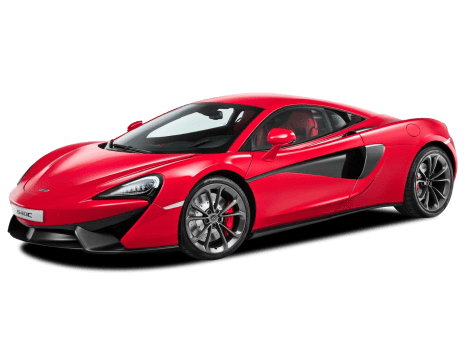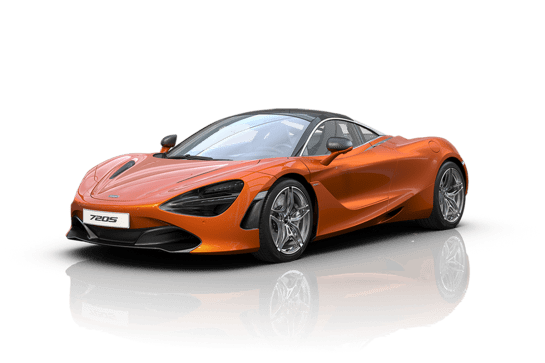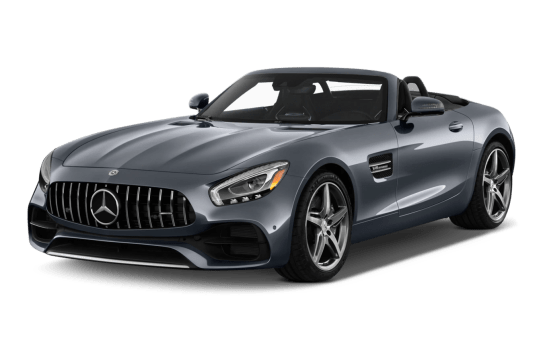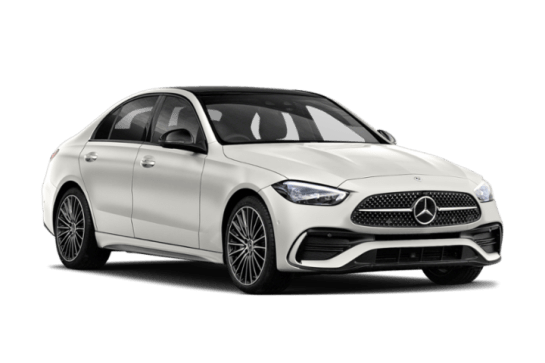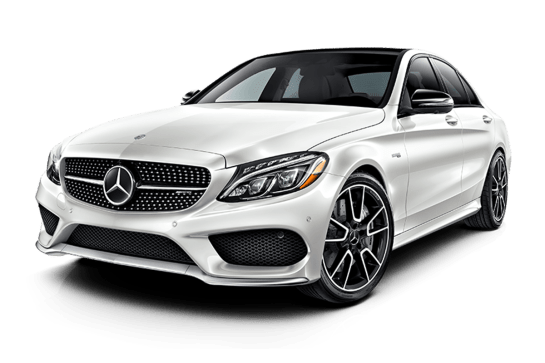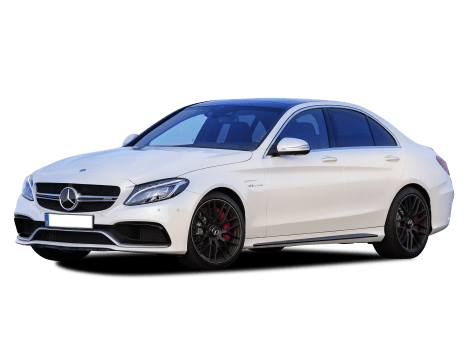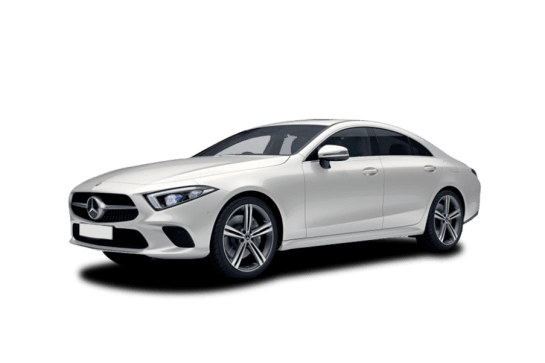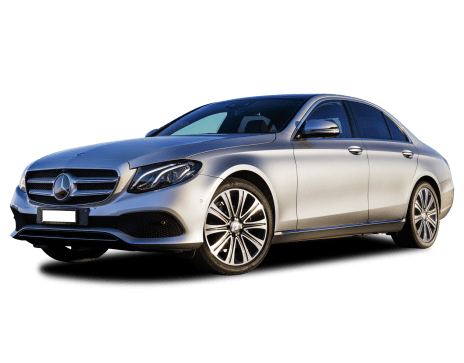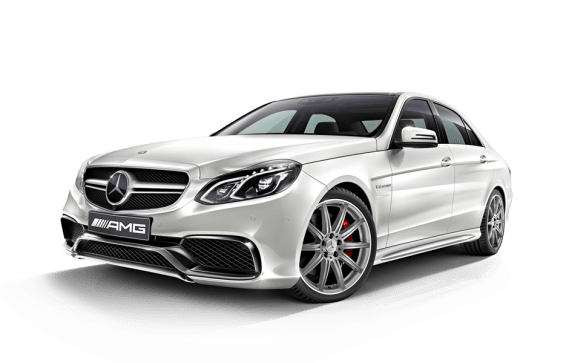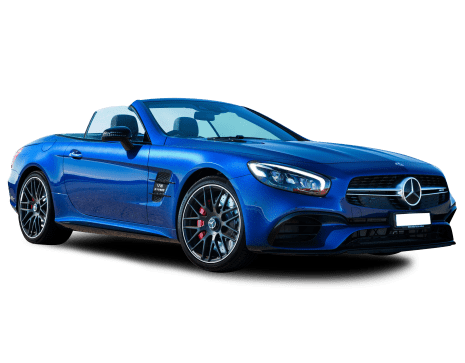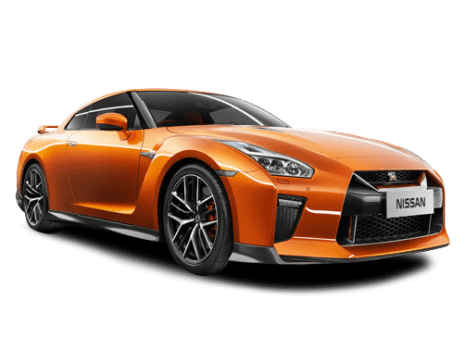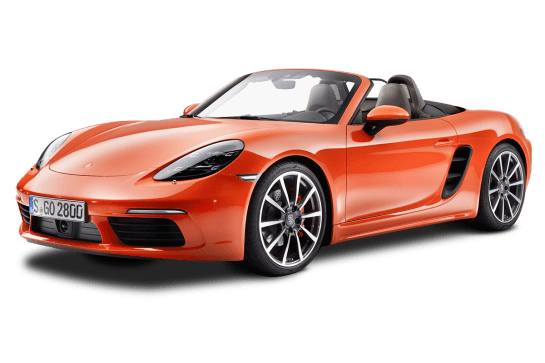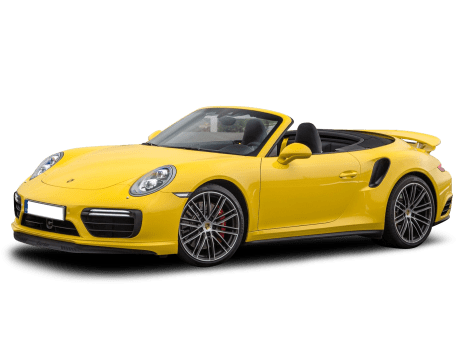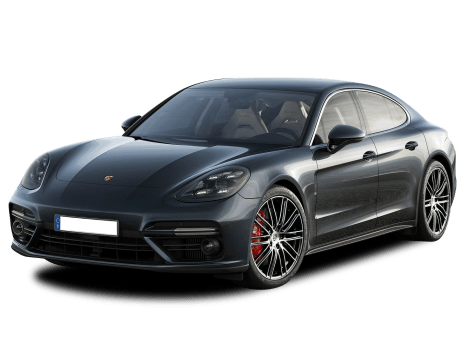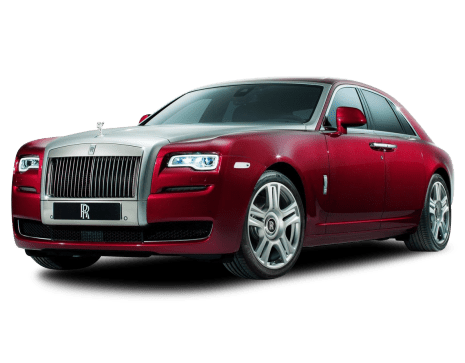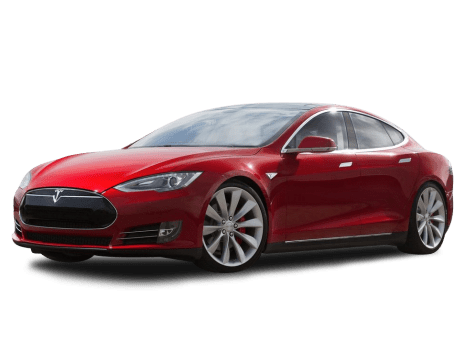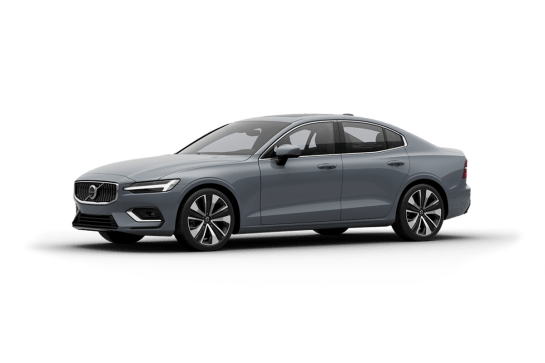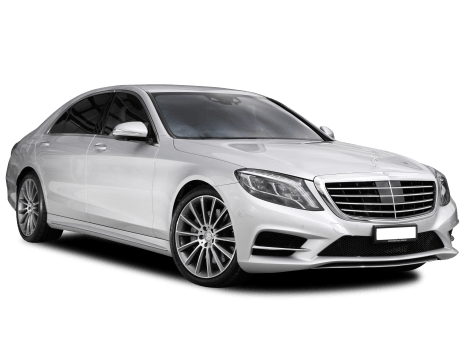
Mercedes-Benz S-Class VS Porsche 718
Mercedes-Benz S-Class
Likes
- S-Class' return to splendour
- Stunning high-tech cabin presentation
- Outstanding ride and handling capabilities
Dislikes
- Price of entry prohibitive for most
- 3D instrumentation can make you woozy
- A tad conservative in design
Porsche 718
Likes
- Fantastic engine
- Sharp driving dynamics
- Muscular, purposeful looks
Dislikes
- Complex roof system
- Not as liveable as a regular 718
- Might be the last petrol-powered 718
Summary
Mercedes-Benz S-Class
It's only in the running for the title of world's best luxury car. No biggie here, then.
Like Rolex and Concorde, S-Class has become a byword for ultimate, and deserved or not, the Mercedes-Benz defines its segment despite the best efforts of the BMW 7 Series, Audi A8, Lexus LS and (sadly now-defunct) Jaguar XJ, as well as pointing the way forward with new technologies that eventually trickle down to more proletarian models.
Replacing the half-million selling W222 unveiled in 2013, the W223 is the latest in a long line since the first W187 Ponton debuted in 1951, and includes the famous ‘Finnies' and Stroke-8 models that followed immediately afterwards, but it is the 1972 W116 that really set the template.
Now, seven generations in, the 2021 S-Class is all-new again, with progressive safety and interior features that should help keep it Australia's bestselling full-sized upper-luxury sedan.
| Safety rating | |
|---|---|
| Engine Type | 3.0L turbo |
| Fuel Type | Premium Unleaded Petrol |
| Fuel Efficiency | 8.4L/100km |
| Seating | 5 seats |
Porsche 718
“If this is to be our end, then I would have them make such an end as to be worthy of remembrance.”
King Theoden may have been talking about the men and women of Rohan in The Lord of the Rings, but he could have just as easily been talking about the team behind the Porsche 718 Boxster.
It’s been nearly 30 years (yes, that long) since the Boxster joined the Porsche line-up as the more affordable sports car alternative to the 911, but now it’s facing a dramatic change that will make it a very different beast.
Read more about
Porsche has committed to an electric future for the 718 but before it does so, there was one more petrol-powered version to create, this one, the 718 Spyder RS. It stands to be the final 718 to have an internal combustion engine, but could also be the best.
The 718 Spyder RS is the Boxster version of the previously released Cayman-based GT4 RS. So it takes every element of the sports car and turns it up to 11. This is faster, more powerful, lighter and more dynamic than the Boxster has ever been.
| Safety rating | — |
|---|---|
| Engine Type | 4.0L |
| Fuel Type | Premium Unleaded Petrol |
| Fuel Efficiency | 12.9L/100km |
| Seating | 2 seats |
Verdict
Mercedes-Benz S-Class8.5/10
Mercedes-Benz set out to restore the S-Class' place amongst the greatest sedans in the world.
In the heavily-optioned, near-$250K-plus S450 as well as the extended S450L at $300K as tested (the sweet spot of the range for now), we reckon the Germans have succeeded, pushing safety, comfort and technology boundaries, in a package that is true to the heritage of the series.
Tax-fuelled sky-high prices will certainly keep the S-Class niche in Australia, but the car is more than good enough to dominate its tiny corner of the upper-large luxury car sphere.
The best new car in the world? We reckon it's highly likely. Mission accomplished, Mercedes.
Porsche 7187.4/10
If this is to be the end of the 718 as we know it, then it is an end to be remembered. Porsche has produced something special in the Spyder RS, a sports car that can compete with the 911 on any stretch of road - which is something so few cars can claim. The focus on performance has driven the entire concept of the car, but all the elements work in harmony, with form and function coming together.
Design
Mercedes-Benz S-Class7/10
Most Mercedes models have followed the Russian Doll-style cookie-cutter styling theme, and the heavy family look continues with the W223.
Still, the flush door handles do add a touch of Tesla-esque modernity, while the elegant silhouette and clean lines are in keeping with the luxury aspirations. Larger in every dimension compared to the old W222, the S450 is some 71mm-longer in wheelbase (3106mm) than before while the LWB's has stretched out by 51mm (3216mm), benefiting proportions as well as interior packaging.
AMG-branded wheels look sporty but – in the S450 at least – they're perhaps a tad too gangster. A set of flush alloys would give it a more-modern and techier appearance, in our opinion.
Overall, however, the S-Class ‘7' possesses the prerequisite richness of design. It isn't as bold and mould-breaking as models like the W116 were back in their day, but the styling is still a success.
By the way, the latest S-Class is the first Mercedes to employ the MRA2 longitudinal platform, which is rich in lightweight steels (50 per cent aluminium), is correspondingly stronger than before but also 60kg lighter.
With a drag co-efficiency rating as low as 0.22Cd on some overseas grades, the W223 is one of the most aerodynamic production vehicles in history.
Porsche 7189/10
As the pinnacle of not only the current 718 range, but potentially the entire combustion engine era of the Boxster, Porsche has pulled out all the stops for the Spyder RS.
This includes major changes to the design, but none are purely for aesthetic reasons and instead are driven by the search for performance; and the fact they make the 718 look tougher, meaner and more purposeful than ever before is just a bonus.
It’s a comprehensive redesign that starts at the bumper with a new front lip spoiler to enhance downforce. Then there’s a pair of NACA ducts on the lightweight bonnet to improve brake cooling without compromising aerodynamic drag. The lightweight front fenders include wheel arch vents to stop any potential for front-end lift at high speeds.
And the fenders aren’t the only component that’s gone on a diet, there’s a lighter exhaust, lighter wheels, lighter bonnet, lighter roof, lighter door panels and even lighter carpets on the inside. All up, the Spyder RS tips the scales at 1400kg, which is 40kg lighter than a standard 718 Boxster.
If it’s still not light enough, you can opt for the optional 'Weissach Package' (which was fitted to our test car), which brings even lighter 20-inch forged magnesium wheels and carbon-fibre reinforced plastic for a range of parts including the front luggage compartment, rollover bars and ducktail spoiler on the Gurney flap – plus some cosmetic enhancements.
And we still haven’t even touched on the biggest design change yet - the rear half of the car. Starting with the roof, which Porsche actually calls a ‘sunshield’ and ‘weather guard’ because it’s a stripped down version of what the brand usually uses, to save weight and let the glorious engine noise into the cabin uninterrupted.
But it’s also necessary because the entire rear engine cover has been redesigned to accommodate the larger engine that Porsche has installed in the Spyder RS, a 4.0-litre six-cylinder instead of the usual turbocharged four-cylinder ‘boxer’ engines.
While the Spyder RS looks great with the roof/sunshield on or off, frankly the removal process is much too complicated and requires repeated viewings of a YouTube tutorial to still get it wrong.
While owners will (likely) eventually get the hang of it, it will always be a clunky and awkward process and that’s just the price of being so focused on performance, which you can accept or not.
Inside that ethos of performance over practicality continues, with sports seats, an Alcantara-wrapped steering wheel and even the previously mentioned lightweight carpet floor mats.
It’s a purposeful, rather than luxurious, cabin, but that perfectly suits the nature of the Spyder RS. Our test drive included several long stretches behind the wheel and at no stage did it feel uncomfortable or impractical, despite its stripped-down design.
Practicality
Mercedes-Benz S-Class10/10
For the beginning of our day with the S-Class, we were chauffeured from home to a mansion in Kew, a blue-chip Melbourne suburb. Our heavily-optioned S450L featured most of the aforementioned extras – including the Business Class Package and Rear Entertainment Package – and the experience was predictably, sumptuously memorable.
Reclining individual rear seats with easy-reach tablets, armrests offering access to all multimedia and available climatised and massaging cushions and backrests... we're no longer in our normal ride, Toto.
Yet, all these trinkets and gizmos are mere add-ons, that can turn a stretched Caprice into a flash hen's night carriage if enough money and glitz is thrown at it.
No, the new S-Class must impress in an altogether less tangible and more philosophical manner, involving all the senses, and not just what we see, hear and touch. It must appeal beyond the superficial. Otherwise, it is not a large Mercedes-Benz luxury sedan in the classic manner.
This is a Herculean task for the Stuttgart designers and engineers. By and large, though, the Three-Pointed Star has succeeded in achieving something special.
In its perception of peerless quality and engineering, the W223 is striving to move forward and look back simultaneously to the glory days of the seminal W126 (1980-1991). This is through meshing traditional virtues like solidity and quality materials while dazzling its passengers with technology that is still friendly enough to want to enhance your experience.
You can sink into the soft lounge seats, watch the world pass by silently outside and never be aware of the road underneath or the engine ahead. Double glazing, exquisite and aromatic fabrics and materials and lush tactile surfaces work their magic inside the car, while an airtight and aero body, solid platform, air suspension and a muted yet muscular powertrain all do their thing underneath. The atmosphere is special and rarefied. That's what an S-Class needs to be and that's what is happening in our $299,000 (as tested) S450L.
The same more-or-less applies up front, as the same trim, leather, wood and technology surrounds the driver and passenger. The spectre of the car that is surely The Car of the Last Decade – Tesla's Model S – is evident in the portrait touchscreen and sparse, almost wallflower dashboard design and layout. No big imposing architectures here.
Yet, while the American upstart actually takes stuff away, the S-Class packs the cabin with subtle features that – like when the planes stopped flying last year and the birdsong subsequently returned – only become obvious once the cabin's design simplicity clears all the white noise for you to be in a better frame of mind to enjoy them.
Take the haptic interface, for example, as it is perhaps the best we've experienced; the sense of well-being garnered from the cumulative effects of profound seat comfort (the massaging function was never switched off), cocooning micro climate environmental control, orchestral levels of audio entertainment and the theatre of light and vision performed by the two available screens; it is an automotive experience like no other. And the eye-tracking 3D-effect navigation set within the electronic instrumentation. No need for cinematic glasses to get the effect. The driving position itself, by the way, is also first class.
Room to stretch and grow for sure, and in every direction. But room for improvement? You betcha.
Your tester had a headache after a little while staring at that woozy 3D map. The central vents – four at the front, two in the rear – look and feel cheap, leaving us mentally redesigning them; they are frightfully out of place here; the carryover column-stalk auto lever should have been binned in 2005. And, even though the digital instruments have a number of options, none are elegant enough for the S-Class. That's an especially subjective criticism, clearly, but one that – in the context of classic Mercedes luxury sedan contenders – is justified given how timeless the Bruno Sacco era of Daimler design was. Look him up, kids.
Still, after a couple of hours behind the wheel, with our senses reset to calm, it is obvious that the S-Class cabin is a unique and wonderful place – as it should be at a cool quarter-of-a-million dollars.
Job done.
PS At 550 litres (20L more than before), the boot is massive and luxurious enough to sleep in.
Porsche 7186/10
One area where the 718 range is starting to show its age quite dramatically is the in-car technology. While Porsche’s native system is relatively user-friendly, the lack of wireless Apple CarPlay or Android Auto in any capacity is deeply out-dated; and was frustrating for this Android using reviewer.
Given the age of the current 718 platform, and the impending arrival of the new model, it’s understandable that the multimedia system didn’t get an overhaul, but for a $350K car it does feel a bit behind the times.
In practical terms the Spyder RS is a bit of a struggle if you plan to go away with it. We managed to get a small suitcase and backpack in the under bonnet storage, but that was at capacity. While the addition of the larger engine removes any meaningful rear storage space.
Price and features
Mercedes-Benz S-Class8/10
Right now, only two S-Class models are available – the S450 from $240,700 plus on-road costs and the 110mm extended-wheelbase S450L (LWB) for another $24,900 on top. Most buyers overwhelmingly opt for the latter.
Despite what the numbers may suggest, both are powered by a 3.0-litre in-line six-cylinder turbo petrol engine, delivering 270kW of power and 500Nm of torque to all four wheels via a nine-speed torque-converter automatic. Greater choices are coming later, including an all-electric version known as the EQS.
Almost every conceivable safety item is standard on the S-Class, including world-first rear-seat airbags located behind the front seats in the LWB model, taking the surround-airbag count to 10.
You'll also find route-based Speed Adaptation (adhering to the posted speed limits), Evasive Steering Assist (a sophisticated form of crash mitigation), adaptive cruise control with active stop/go, Active Lane Change Assist that automatically moves the car into the lane you indicate to), Mercedes' PreSafe crash-preparation tech that primes all the safety systems for impact, electronic stability program that encapsulates all the active driver-assist tech, Active Emergency Stop Assist, Autonomous Emergency Braking front and rear (including for cyclists and pedestrians), Traffic Sign Assist, Parking Package with Active Parking Assist and 360-degree camera and tyre pressure monitors.
On the equipment front there is the latest iteration of Mercedes' MBUX multimedia system with (another) world-first 3D display, complementing an OLED central display, powered closing doors, leather upholstery, air suspension, leather upholstery, velour floor mats, a multi-beam LED headlight system with adaptive high beams, heated and folding exterior mirrors, heat and noise-insulating acoustic glass for front side windows, dark privacy glass for rear windows, sunroof, roller sunblinds for rear windows, metallic paint and 20-inch AMG alloy wheels on runflat tyres.
Want cutting-edge multimedia? There's MBUX II's augmented reality for navigation and fingerprint scanner, as well as a more natural-speech Mercedes-Me Connect voice activation with global search.
Plus, predictive navigation with live traffic, parked vehicle locator, vehicle tracking, emergency call, maintenance management and tele-diagnostics, digital radio, Burmester 3D surround-sound system with 15 speakers and 710W amplifier, remote door locking/unlocking, geofencing, speed-fencing, valet parking, head-up display, Smart Phone integration with Apple CarPlay/Android Auto, wireless charging, ambient lighting, two-zone climate control, poplar wood trim, electric adjustment for front seats, steering column with memory function, climatised front seats, keyless entry/go with flush-fitting door handles offering hands-free access (including for the electric boot),
Besides the ‘forward facing' airbag for the rear-seat occupants, the S450L also scores electrically adjustable rear seats with memory and automatic rear climate control.
Key options – and the list is massive – include an $8700 Rear Entertainment Package, that brings rear-multimedia access, rear tablets with wireless headsets and rear-seat wireless smart phone charging, an AMG Line pack with a body kit, different alloys and larger front brakes ($6500), Business Class Package that includes aircraft-style reclining rear seating and tray tables ($14,500), Nappa leather ($5000), augmented-reality HUD ($2900), 21-inch wheels ($2000) and four-wheel steering ($2700). There's also a $14,500 Energising Package with contoured seating, heated-everything and massaging seats.
Please keep in mind our test cars featured many such extras. Tick all the boxes and you can add nearly $100,000 to the price of your S-Class.
So, is the S450 good value? Given some of the breakthrough safety and luxury features it offers, it is unique. Too bad the Federal Government's Luxury Car Tax makes them so much more expensive than they need to be.
Porsche 7188/10
The bad news is, the Spyder RS costs just over $200,000 more than the entry-level 718 Boxster, which is not a small sum of money. The good news is, for that $200K, Porsche has overhauled the 718 from nose-to-tail and enhanced it in nearly every aspect.
There’s a raft of mechanical changes that we’ll get to later on, to help justify the $334,200, plus on-road costs, asking price, but from a specification perspective there are some notable inclusions.
For starters it comes with the 'Porsche Communication Management' (PCM) multimedia system, which includes in-built navigation and Bluetooth connectivity, as well as a 110-watt sound system.
But Australian delivered cars get an even higher level of standard equipment than other countries, with LED headlights including 'Porsche Dynamic Light System' (PDLS), cruise control, digital radio, rear 'ParkAssist' with reversing camera, 'Light Design Package', tyre fit set and windscreen with grey top tint, plus a no-cost optional Bose Surround Sound System all included.
It may be $200K more than 718 but compared to a 911, it actually makes a pretty compelling value argument. A 911 Cabriolet Carrera S starts at $342,700 (plus on-road costs), making that Spyder RS $8500 cheaper and a genuine alternative to its ‘big brother’.
Then, when you compare it against similar mid-engine European sports cars, such as the Maserati MC20 (from $510,000) or McLaren Artura (from $477,310) the Porsche looks like a bargain; relatively speaking, of course.
Under the bonnet
Mercedes-Benz S-Class9/10
Where are the V8s?
Right now, the only W223 you can buy is powered by an all-new 2999cc 3.0-litre in-line direct-injection six-cylinder turbo petrol engine dubbed the M256, complete with double overhead cams, an electric compressor intercooler and assistance from a 48-volt mild hybrid system and integrated starter-generator, adding 16kW and 250Nm to the 270kW of power at 6100rpm and 500Nm of torque from 1600-4500rpm.
The 9G-Tronic torque-converter automatic transmission and 4Matic all-wheel drive system combination is a first for the S-Class in Australia.
Top speed is limited to 250km/h, while the 0-100km/h sprint-time takes just 5.1 seconds in both models. Impressive for a two-tonne-plus luxury limo.
Porsche 7189/10
The key stat for the engine is the cylinder count. Gone are the four cylinders and instead it’s a return to Porsche’s iconic flat-six.
Specifically, the same 4.0-litre six that Porsche uses in its 911 GT3, which is a lot of engine to squeeze into the middle of this lightened sports convertible.
In order to keep the 718 in its place (beneath the 911), Porsche has slightly detuned the engine, so it makes 368kW/450Nm (compared to 375kW/460Nm in the 911 GT3), but the German brand has never worried about a kilowatt contest and instead prefers to focus on driveability and the other elements that make a drive great.
To that end the combination of air-intakes next to the headrests and the lightweight stainless steel exhaust (which gets titanium tips on the Weissach Package) helps the Spyder RS sound like a Carrera Cup racing car when you really wind it up to its 9000rpm redline.
Not that the performance isn’t spectacular, though, with Porsche claiming it takes the Spyder RS just 3.4 seconds to run 0-100km/h, only 10.9 seconds to get from 0-200km/h and will hit a top speed of 308km/h.
The engine is paired to a seven-speed dual-clutch auto transmission (or PDK in Porsche-speak) that the company claims has “short-ratios”, but with peak power not hitting until 8400rpm and peak torque from 6750rpm, you don’t have to rush the ratio changes.
Efficiency
Mercedes-Benz S-Class7/10
With the aid of the mild-hybrid system, the S450 returned a combined average of an impressive 8.2 litres per 100km, which translates to 187 grams of carbon dioxide emissions per kilometre. 95 RON premium unleaded (or higher) is recommended. In the urban run it consumes 11.3L/100km (11.5 for S450L), and just 6.4L/100km (6.5 for S450L) in the extra-urban result.
At 76 litres, the fuel tank will allow a combined average range of about 927km between refills.
Porsche 7187/10
Porsche says the 4.0-litre engine in the Spyder RS uses 13.0L/100km, which is a big number for what is a relatively small car. But that engine is highly-tuned and built for performance not efficiency, so it’s something owners will need to accept.
Our test drive included some long highway stretches, as well as some spirited driving and urban commuting, so a good mix across all conditions, and we saw consistent returns around the 15-16L/100km range.
It has a 64-litre tank, which means a theoretical driving range of around 490km, assuming you can hit the official claim.
Driving
Mercedes-Benz S-Class10/10
In former times, as the Germans say, a ‘450' on the boot indicated V8 power. In the W116 S-Class era it was one of the world's most evocative badges when ‘SEL' was also attached.
As mentioned earlier, though, it's the M256 3.0-litre turbo-petrol with a 48-volt ‘mild hybrid' electrical system that's doing the driving, to all four wheels. The real V8 W223 will probably surface later this year or in early 2022 with the S580L flagship. Bring it on.
This is not to say that S450 isn't good enough. With that electrified assistance, the blown straight six is smooth and swift off the line and rapid as the auto seamlessly steps up through all nine gears. Because it's so hushed and refined, it doesn't feel 5.1s to 100 clicks quick, but watching the speedo says otherwise – acceleration is assertive and strong right up way past the legal speed limit.
All that's missing is the burbling soundtrack of a classic Benz bent-eight. Oh well. Outstanding economy is a price we're literally willing to pay in lieu.
Even more impressive is the S450's ability to hustle along mountain roads like an overgrown sports sedan.
Now, for Australia, all S-Classes are fitted standard with an adaptive ‘Airmatic' air-suspension set-up, including air springs and self-levelling tech. In Comfort up to 60km/h, the ride height can be raised by 30mm, or lowered by 10mm under the standard 130mm baseline in Sport at any velocity, while in Sport+ it falls another 17mm.
With that in mind, yes, the standard air suspension performs a magnificent job smothering out most surface imperfections around town. Yet its real other party trick is to tighten up the chassis when corners get interesting and Sport mode is selected. Aided by progressively weighted and reassuringly responsive steering, the Mercedes tips into turns with precision and poise, slicing through with virtually no discernible body lean or understeer.
Now, we're not talking a leisurely drive on rural highways here, but Healesville's famous Chum Creek Road, where even a Porsche Cayman would feel like it's had a strenuous dynamic workout. The S-Class can be hurried along with confidence and finesse, displaying outstanding handling and roadholding for a 5.2-metre long limo. And the fact that the ride quality only suffers marginally when the red horns are out is all the more remarkable.
Back in the cut-and-thrust of inner-city peak-hour traffic, the Benz in Comfort mode continued to reveal its driver-orientated yet passenger-focused twin-personalities, zipping in and out of gaps while remaining comfy and composed inside.
Only when parking in tight spots are you truly aware that the W223 is longer than a Mazda CX-9. The optional four-wheel-steering system is claimed to slash the turning circle to A-Class hatchback levels. 10.9 metres is the claim.
The 2021 S-Class never ceases to amaze and delight.
Porsche 7189/10
I’m only giving it a nine out of 10 because perfection is hard for any car to achieve, but the 718 Spyder RS goes as close as any car I’ve driven. This is a masterpiece of modern sports car design, pushing the 718 closer to the 911 than ever before, which is something Porsche has clearly tried to avoid so as to not tarnish the image of its flagship.
But with the 911’s 4.0-litre flat-six in the middle of the 718, plus its more compact dimensions, the lightweight nature of the Spyder RS and the raft of chassis and handling enhancements, this really does leave you questioning ‘do I really need a 911?’
The steering is fantastically direct, the chassis responds to every input with precision and feedback and the braking is strong and consistent. Which helps because that engine is so good it launches you with ferocity and a glorious noise (as good as anything on the market today) whenever you squeeze down on the accelerator.
The highest praise I can give the Spyder RS is not that it was a dream to drive on winding, challenging roads, but that it was just as enjoyable on a trip to the shops or cruising down the freeway. Any drive in this car is a genuine pleasure.
Safety
Mercedes-Benz S-Class10/10
The W223 S-Class has not been crash-tested yet by ANCAP or European affiliate EuroNCAP, so does not have a star rating. However, Mercedes-Benz claims it has striven to create one of the safety vehicles on the planet. Who are we to argue?
Almost every conceivable safety item is standard on the S-Class, including world-first rear-seat airbags located behind the front seats in the LWB model, taking the surround-airbag count to 10.
You'll also find route-based Speed Adaptation (adhering to the posted speed limits), Evasive Steering Assist (a sophisticated form of crash mitigation), adaptive cruise control with active stop/go, Active Lane Change Assist that automatically moves the car into the lane you indicate to), Mercedes' PreSafe crash-preparation tech that primes all the safety systems for impact, electronic stability program that encapsulates all the active driver-assist tech, Active Emergency Stop Assist, Autonomous Emergency Braking front and rear (including for cyclists and pedestrians, at speeds from 7km/h to over 200km/h), Traffic Sign Assist, Parking Package with Active Parking Assist and 360-degree camera and tyre pressure monitors.
The Active Lane Keeping Assist works in a speed range of between 60km/h and 250km/h while Active Steer Assist helps the driver follow the lane at speeds of up to 210km/h.
Porsche 7186/10
This is another area where the 718 is showing its vintage, with very little in the way of active safety features. There’s the required stability control, as well as airbags for driver and passenger, plus the previously mentioned reversing camera. But that’s it, there’s no autonomous emergency braking, no lane-keeping assist or even adaptive cruise control.
While that may sound shocking to some, there’s never a moment where you feel unsafe in the 718. It feels incredibly stable and responsive on the road, as the onus falls back upon the driver to pay attention and make smart choices.
There’s no ANCAP rating for the 718, or any Porsche, so it is a question of putting your faith into Porsche’s in-house safety measures.
Ownership
Mercedes-Benz S-Class7/10
Unlike many luxury brands that persist with a sub-par three-year warranty, Mercedes-Benz offers a five-year/unlimited kilometre warranty.
Intervals are every year or 25,000km, with a capped price service plan starting at $800 for the first year, $1200 for the second year and $1400 for the third year, totalling $3400. Alternatively, there is a Service Plan starting at $2700 for the first three years (saving $700 from the normal capped-price service plan), $3600 for four years and $5400 for five years.
Porsche 7185/10
It’s difficult to give the Spyder RS a clear score here because Porsche is cagey on the details. The public dealer websites indicate annual oil maintenance is required, with additional servicing every two years or 15,000km.
How much that will cost is unclear, as despite the rest of the 718 range having publicly available prices, there were no such details for the Spyder RS (or even its Cayman sibling, the GT4 RS).
For reference, the 'standard' 718 requires oil maintenance ($895) for the first annual service and an inspection ($1500) the year after. Those costs continue to alternate annually out to eight years/120,000km.
